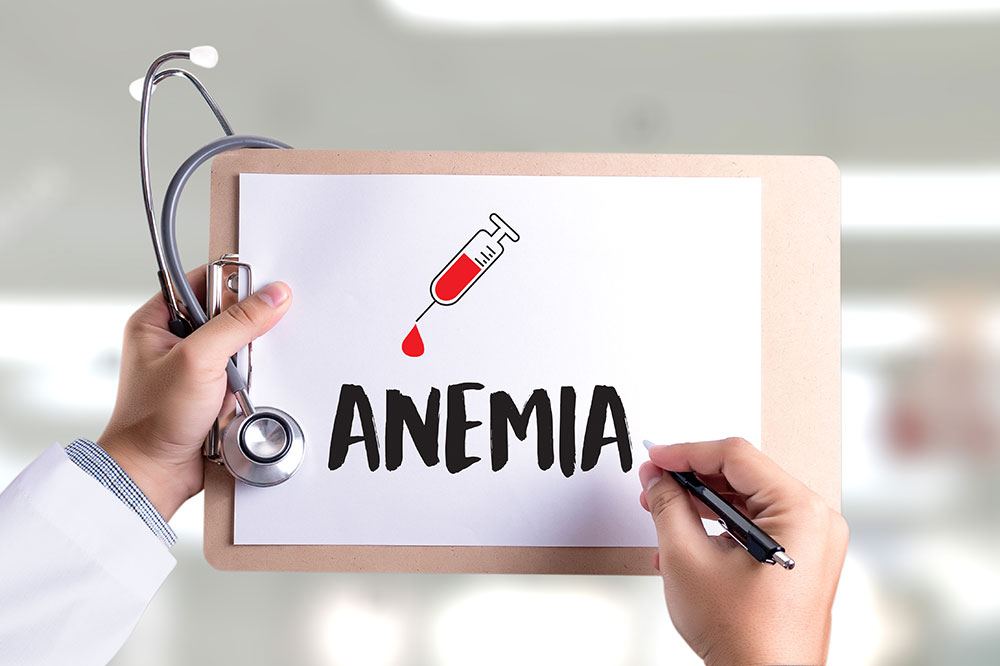
10 Risk Factors of Anemia
Typically, anemia occurs when the degree of red blood cells circulating in the body declines. It is one of the most prevalent blood disorders. Approximately 33% of people globally suffer from anemia. Usually, anemia develops as an outcome of several other health conditions that intervene with the body’s healthy RBC production or accelerates the breakdown or the loss of cell rate. Here are the risk factors of anemia.
1. Intestinal disorders
Having an intestinal disorder that alters nutrient absorption in the small intestine, such as celiac disease or Crohn’s disease, can increase your chances of developing anemia.
2. Blood thinners
Blood thinners, including drugs, such as rivaroxaban (Xarelto®), clopidogrel (Plavix), aspirin, apixaban (Eliquis®), warfarin (Coumadin®), dabigatran (Pradaxa®), heparin products, edoxaban (Savaysa®), and betrixaban (BevyxXa®), can also cause anemia. So, people who are on blood thinners are at a greater risk of developing anemia.
3. Pregnancy
Pregnancy is one of the most significant risk factors of anemia. Pregnant women have an increased want for iron for their growth and the fetus. Even though anemia rates in pregnant women are higher than in any average adult, it is still believed to be undercounted as some symptoms, like fatigue and tiredness, are associated with pregnancy. Anemia can be dangerous, particularly in women who do not get proper healthcare access or do not undergo timely health check-ups. If not treated, anemia can result in growth retardation and premature birth.
4. Diet with insufficient vitamin and mineral consumption
If your diet does not have adequate vitamin B-12, iron, and folate, then your risk of developing anemia is high.
5. Menstruation
Generally, women who have not had menopause are at a higher risk of anemia than postmenopausal women and men. This is because, during menstruation, women experience a loss of red blood cells.
6. Chronic conditions
People who suffer from chronic conditions, such as kidney failure, cancer, diabetes, or any other chronic disorder, are at a greater risk of developing anemia or any other chronic disorder. It is because the patient may have a dearth of red blood cells in the body following these conditions.
Gradual, chronic blood loss from any source in the body or even ulcers within the body lowers iron in the body. This can result in iron deficiency anemia.
7. Familial link
When your family has a history of sickle cell anemia or any other inherited anemia, your risk of developing anemia is also high.
8. Medications
Constantly consuming medications, such as ibuprofen, inflames the stomach’s lining and aggravates your risk of developing anemia.
9. Age
The probability of anemia is higher in older people over the age of 65.
10. Other conditions
History of certain kinds of infections, autoimmune disorders, and blood diseases aggravate your risk of developing anemia. Exposure to toxic chemicals and alcoholism can also hamper the production of red blood cells, resulting in anemia.



